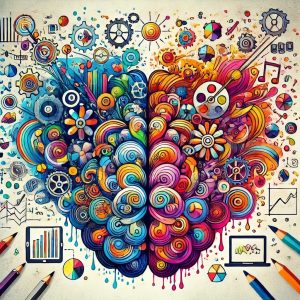In an age where technology touches every aspect of life, its influence on how we think—both creatively and analytically—cannot be understated. The integration of advanced tools has reshaped how we solve problems, express ideas, and approach decision-making, blending the once-distinct realms of creativity and analysis.
Technology and Creativity
Technology has unleashed unprecedented opportunities for creative expression. Graphic design software, digital art platforms, and music production tools allow artists to explore new dimensions in their work. Tools like virtual reality (VR) and augmented reality (AR) take creativity even further by blurring the line between the real and the imagined. These innovations enable creators to visualize and bring to life ideas that were once impossible in the physical world.
Technology and Analytical Thinking
When it comes to analytical thinking, technology plays a vital role in helping individuals process vast amounts of data, uncover patterns, and make informed decisions. Tools such as data analytics software, machine learning algorithms, and advanced computational models allow us to break down complex problems, simulate scenarios, and predict outcomes with accuracy. These tools foster critical thinking, enabling individuals and organizations to navigate an increasingly data-driven world.
Tools that Bridge Both Worlds
Interestingly, many tools today are designed to foster both creative and analytical thinking. For instance, programs like CAD (Computer-Aided Design) combine creativity in designing intricate models with precise analytical calculations. Similarly, platforms like Excel or Power BI enable creative visualization of data while offering robust analytical capabilities.
In conclusion, technology enhances both creative and analytical thinking, empowering individuals to push boundaries in both domains. By harnessing the right tools, we can cultivate a balanced mind that excels in both innovation and problem-solving.

